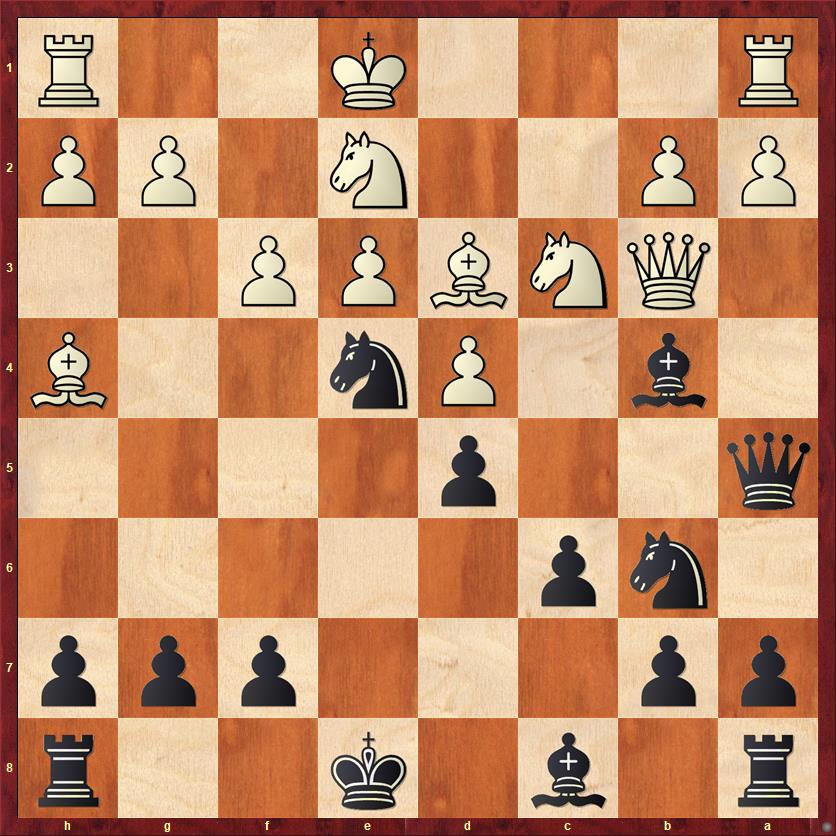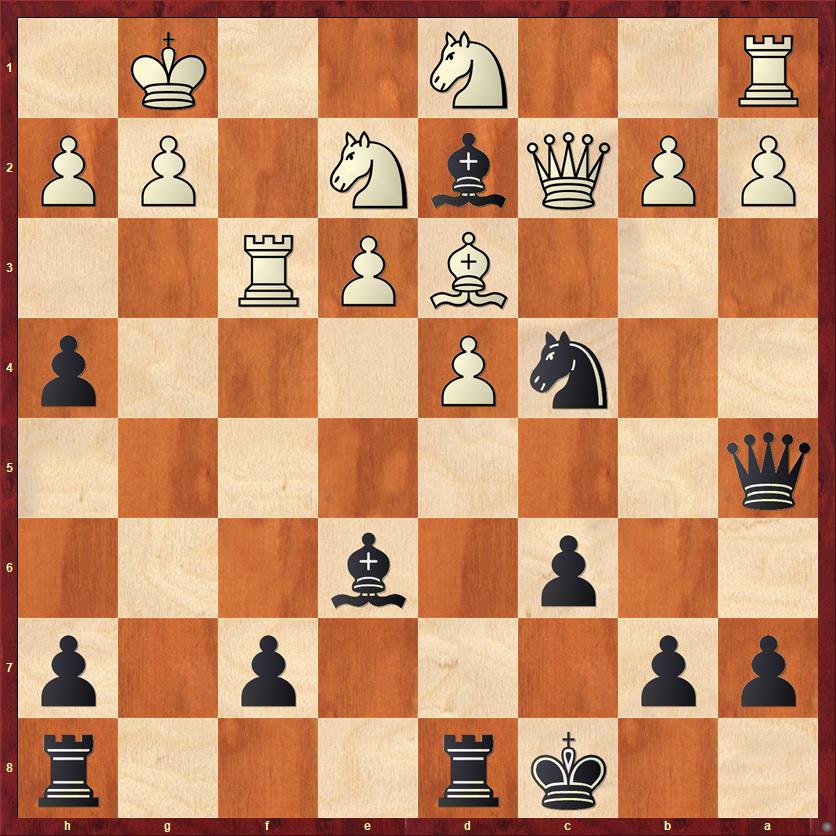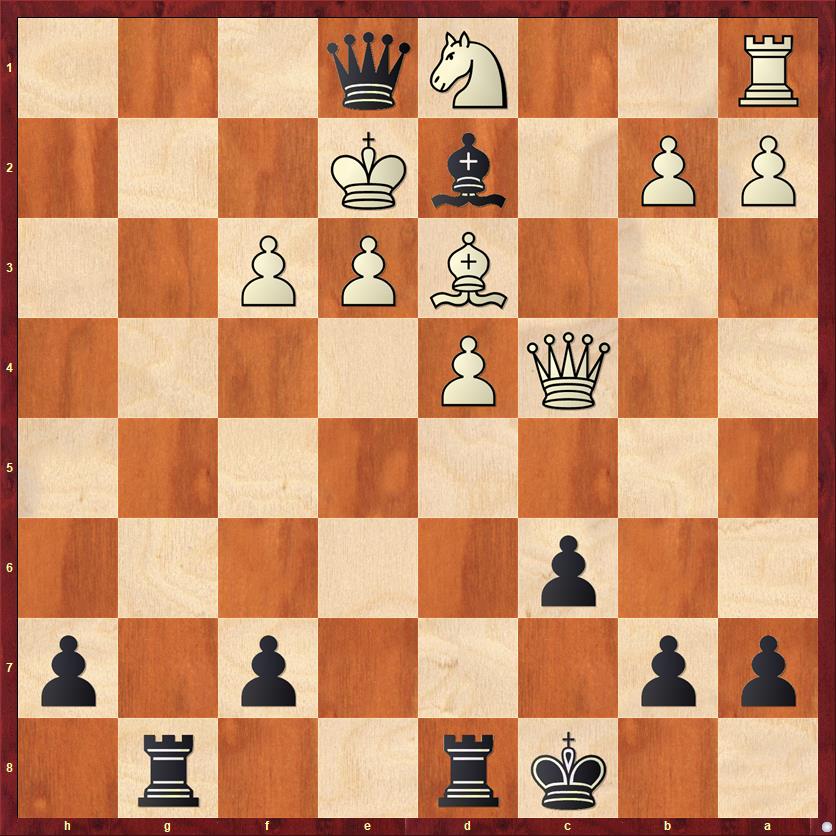The year 1974 spread over my junior and senior years at prep school. As usual, I played no rated tournament chess during the school year, but managed to cram in four tournaments during the summer. It was again a good year for me, with a won-loss record of 16.5 – 9.5. Prizes were harder to come by, but I did win a Class-C trophy in my last tournament and when my rating updated in the fall, I had “graduated” to Class B.
Unquestionably the biggest chess event I played in that summer was the U.S. Junior Open, held at Franklin and Marshall College in Pennsylvania. I’ve blogged about it before at great length so I won’t repeat myself, but it was memorable because I got my first look at somebody who would go on to be famous: Yasser Seirawan.
There was also a very memorable resignation during round 7. Of course, people resign at chess tournaments all the time, but this was different. The TD stopped all the games for about 15 minutes so that we could all listen to President Richard Nixon’s resignation speech, an event that has still happened only once in American history. If Nixon hadn’t resigned I would probably have lost my game, but after the break I returned with new energy and managed to save a draw.
With apologies, I am again not going to show you a tournament game. I only have the scores of three of my games from 1974, and again the best of the lot was a game against my prep school friend whom I wrote about in my last post, Kevin Toon.
Just as a reminder, Kevin was a 1900-something player from Minnesota, and I was by now a 1500-something player from Indiana, and we were both students in Massachusetts. According to my diary, my victory in this game gave me a record of 4-7 against him (2 wins, 5 losses, 4 draws), which I think was pretty good given our rating disparity. According to my rough calculations I had about an 1800 performance rating against him. I wasn’t really 1800 strength yet, but what I lacked in strategic understanding I could sometimes make up for in chutzpah and tactics.
It’s too bad that I didn’t keep the scoresheets of any of my losses or draws against Kevin. I read in my diary that I spent hours typing up annotations to all of my games with him early that summer. Unfortunately, those annotations and the games are lost. I can only hope that I learned from them at the time.
In this game, I won in 24 moves as Black in the Queen’s Gambit Declined, which is hard to do. He made a couple of reasonable-looking but actually bad judgment calls and then things blew up. I wrote in my diary, “He said that he had never been outplayed so badly in the opening, and that every time he thought he had a superior position I came up with another surprise.” That has come to be a signature of my chess style: I do try hard to surprise my opponents.
Kevin Toon — Dana Mackenzie, 3/29/1974
1. d4 d5 2. c4 e6 3. Nc3 Nf6 4. cd ed 5. Bg5 Bb4 6. e3 c6 7. Bd3 Nbd7
I think that this is some version of the Manhattan Variation. I thought I was playing the Cambridge Springs by transposition, but there is a technical difference that matters: White hasn’t played Nf3.
8. Qb3?! …
Probably White should just go ahead and play 8. Nf3, but I think he’s trying to find a way to squeeze a little bit more of an advantage out of my unusual move order.
8. … Qa5
Still trying to play the Cambridge Springs. The solidest move is probably 8. … Be7. Black wastes a tempo with his bishop, but that’s okay because White’s queen is misplaced and will probably also have to waste a tempo eventually.
9. Ne2 Ne4?!
Very ambitious. It will either work or backfire in a big way.
10. Bh4 Nb6
Actually 10. … g5 is possible already and may be more accurate.
11. f3?! …

FEN: r1b1k2r/pp3ppp/1np5/q2p4/1b1Pn2B/1QNBPP2/PP2N1PP/R3K2R b KQkq – 0 11
This is consistent with the plan initiated by 9. Ne2. However, the computer comes up with a remarkable idea: 11. a3! (That’s not the remarkable part, but the next move is.) 11. … Bd6 12. O-O! That’s right, White simply invites Black’s knight in, the point being that after 12. … Nd2 13. Qd1! White threatens to trap Black’s queen with b4. If Black creates an escape hatch with 13. … Nbc4, then White calmly slides his rook over to e1. I can imagine him doing this with his pinky finger and a sly grin on his face. This whole variation is a classic example of overextending: the knights have gotten in too deep, and one of them will be lost.
I have to say that it would take nerves of steel for White to play this way. It’s like Muhammad Ali playing the rope-a-dope against George Foreman. (By the way, that fight took place in 1974, so it’s a correct period reference.) But once you see it, it’s clearly the right way for White to play the position. Hence, 11. f3 has to be criticized, at least gently.
Now my knight is under attack. Where will it go?
11. … g5
The knight doesn’t go anywhere! I continue to ramp up the tension to the maximum extent.
12. fe de!
The whole point. With two pieces hanging, White can’t save them both.
13. Bxe4 Be6
For a class-C player (at the time of this game), I’m showing good understanding of the concept of in-between moves. These moves allow me to finish my development and keep White back on his heels.
14. Qc2 gh
Although Black’s kingside pawn structure looks frightful, it’s not so easy for White to exploit. On the positive side, Black has very active pieces and the really nice square on g5 for his queen. It would be unwise for White to grab the h-pawn, because 15. Bxh7? Nc4 would be very pleasant for Black.
15. O-O Nc4 16. Nd1 …
White is playing too passively. The computer suggests the crazy variation 16. Nf4! Nxe3 17. Bxc6+!, but also the simpler 16. Rf3 is okay for White.
16. … Bd2?!
Again there’s a fine line between ambitious and overextending. In those days I had no idea where that line was. Nowadays I would look at the bishop on d2 and ask, “How is it going to get out of there?” I would play 16. … Nd2, because it’s clear how the knight is going to get out, namely by taking the bishop.
17. Rf3 O-O-O 18. Bd3? …

FEN: 2kr3r/pp3p1p/2p1b3/q7/2nP3p/3BPR2/PPQbN1PP/R2N2K1 b – – 0 18
Kevin was a little bit unlucky this game. He keeps having a choice of two reasonable-looking possibilities and choosing wrong. Should he play 11. a3 or 11. f3? Should he play 16. Nd1 or 16. Rf3? Should he play 18. Bd3 or 18. Nf4? Here, the computer says that 18. Nf4! is still okay and gives White a small advantage. A key point is that Black is finally obliged to take a step back with 18. … Nd6, because the position of the knight on c4 is going to become untenable.
The move that Kevin chose has the same objective, but it runs into a very strong response.
18. … Bg4!
Definitely my favorite move of the game. Kevin keeps expecting me to retreat, and I refuse every time. In the entire game I never moved a single piece backwards. When you think about it, that’s kind of unusual.
19. Qxc4? …
Finally cracking under the pressure. If Kevin had kept his wits about him, and had the Karpovian “sense of danger,” he would certainly have played 19. Bf5+ Bxf5 20. Rxf5. This defuses Black’s attack. The computer’s verdict is that Black stands better after 20. … Nxe3 21. Nxe3 Bxe3+ 22. Kh1 Qd2, but the game is by no means over.
19. … Bxf3 20. gf Qg5+ 21. Kf2 Rhg8
The queen penetrates and there is nothing White can do about it. The last three moves are more or less a mercy killing.
22. Ng3 hg 23. hg Qxg3+ 24. Ke2 Qe8 mate

FEN: 2kr2r1/pp3p1p/2p5/8/2QP4/3BPP2/PP1bK3/R2Nq3 w – – 0 25
It’s amazing to me the way the bishop buried itself in the middle of White’s position on d2, with White pieces all around it, and not only survived but eventually was joined by Black’s queen to create a two-man checkmate.
Kevin’s comment about constantly being surprised by my moves is certainly understandable. Moves like 11. … g5, 16. … Bd2, and 18. … Bg4 must have looked as if they came out of nowhere.
Lessons:
- There’s a fine line between playing aggressively and overextending your position. See: Napoleon, Russian campaign of 1812.
- Momentum is a real thing in chess. We call it the initiative. When your opponent gets the initiative, you should fight like hell to get it back. Even one little annoying threat that forces him to stop and defend can change the momentum of the game. More dramatically, you can sometimes alter the momentum with a sacrifice. (Note how the computer suggested some sacrifices, like 11. a3 Bd6 12. O-O! and 16. Nf4 Nxe3 17. Bxc6+!, that probably never crossed Kevin’s mind.)
- Surprise can be a strong weapon. It might even be worth asking yourself: What is the most likely move that my opponent missed?
- People who weren’t alive in 1974 sometimes wonder why President Nixon resigned. How was his case different from Clinton in 1998 or Trump in 2019? For chess players, it should be easy to understand. Nixon resigned for the same reason that chess players do: He was about to be checkmated. Specifically, Congress had proof of “high crimes and misdemeanors,” and Congress had the votes to convict. If Nixon had had the slightest doubt, he would not have resigned.



{ 2 comments… read them below or add one }
Nice game, very spry for a young man!
I like the time period references (Ali-Foreman, Nixon), as they anchor these games to what was going on at the time. I remember when Antonin Scalia died during our run as the Stean Punks at the USATW in 2016, for example.
Maybe along the way of this 50-year journey you will throw in some music references as well? I still find that certain songs remind me of particular games or tournaments… the Jackson Five’s “I Want You Back” always reminds me of playing in the Piatagorsky-sponsored Cal Juniors, for example.
Re: the moves 8. Qb3 and 10. f3 for White,
In the opening you should be playing moves that develop, fight for the center and get your king into safety and avoiding moves that don’t contribute to at least one of those aims..
Gjon Feinstein gave me some great advice that applies to moves like these. He told me, “You’re trying to play middle-game moves before you’ve finished the opening.” I’ve been guilty of this numerous times and wasn’t aware of the “rule” before he brought it to my attention. My games started being a lot easier to play when I stopped being overly aggressive too early.
You might want to add that to the lessons learned